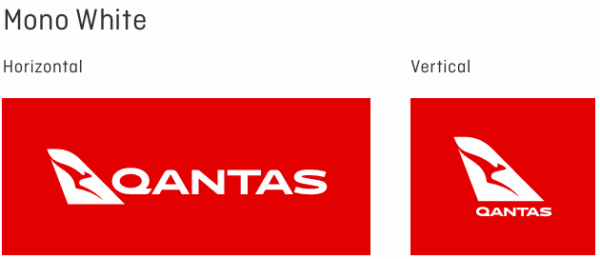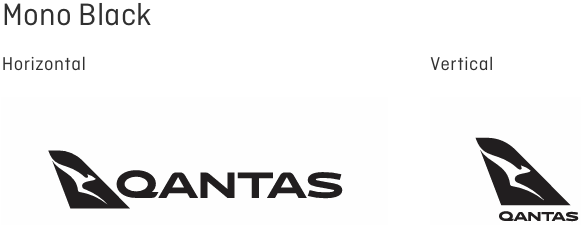Some logos look fantastic on a website header… then completely fall apart when you try to put them on a pen, polo shirt, or tote bag. Suppose your organisation uses branded merchandise, uniforms, event collateral, or print. In that case, your logo isn’t just a “nice design” — it’s a versatile asset that needs to perform across various different media and sizes. This guide walks you through what types of logos work best on custom merchandise, how to plan variations, and what smaller businesses can learn from Australia’s biggest brands.
Your Logo Needs a System, not a Single File
The days of using a single JPEG logo and forcing it everywhere was over many years ago. Modern brands — even small ones — need a logo system, this includes:
- A horizontal (landscape) version
- A stacked (portrait) or square version
- A mono (single-colour) version
- An icon-only mark for tiny spaces
This kind of flexibility makes logos work on everything from letter heads to billboards. For your brand, this same thinking is what makes your logo work on:
- Websites and social icons
- Business cards and stationery
- Corporate uniforms and hi-vis gear
- Promo items like bottles, pens, bags, and tech
Design for Orientation: Landscape, Portrait, and Tiny
Most promotional items aren’t a perfect rectangle like a website header. Some are tall and narrow (like a pen), some are wide (like a banner), and some are tiny (like a lapel pin). You want logo variants that don’t get squashed to fit.
Configurations to plan for
- Horizontal logos: Best for: websites, email signatures, banners, notebook covers, pull-up banners.
- Stacked / portrait logo: Best for: social media avatars, square label areas, and small front print positions on tees.
- Icon-only mark: Best for: pens, zipper pulls, small badges, tiny embroidery.
If your current logo only works in one shape, you’ll almost certainly struggle on:
- Narrow items like lanyards, pens
- Tiny branding areas like USBs, power banks
- Circular or square spaces, like stickers and badges
Action step:
Ask your designer for at least two lock-ups (horizontal + stacked) and an icon version. Ensure each is supplied as a vector file (AI, EPS, SVG) so they scale cleanly at any size.

Colour Flexibility: Full Colour, Mono, and Reverse
Full-colour logos look great on screens and big print pieces. On small, low-cost merchandise or smaller areas? Not always.
Why do you need multiple colour variations
- Many promotional decoration methods cannot brand in full-colour with gradients. Examples include pad printing, screen printing, embroidery, and laser engraving).
- Some materials (like metal, jute, felt, or certain plastics) simply don’t reproduce subtle gradients or fine colour transitions well.
- Dark products (black hoodies, navy caps, charcoal notebooks) need light or white versions of your logo to stay legible.
That’s why professional brands have:
- Full-colour logo – for digital, premium print, and large format.
- Mono dark logo – solid black or dark version for light backgrounds.
- Mono light/reverse logo – solid white version for dark backgrounds.
Minimum set of colour variations to request
Ask your designer for:
- Full-colour version (CMYK + RGB)
- Solid black version
- Solid white version (on transparent background)
This immediately opens up more decoration options and often reduces your branding cost on merchandise.
Example with the Qantas Logo:

Full Colour Version

Mono Colour White

Mono Colour Black
Think Across Media: Where Will Your Logo Actually Live?
If you only design your logo for your website, then it likely will not look good on everything else.
Here’s a quick planning grid:
| Medium / Use | Key Considerations for Your Logo |
|---|---|
| Website & digital | Works well in horizontal layout; legible on mobile; icon version for favicon. |
| Social media | Square/stacked version for profile image; simple enough to recognise at small sizes. |
| Business cards & stationery | Clear mono version for black & white printing; scales cleanly to small sizes. |
| Magazines, newspapers, brochures | Needs CMYK full-colour and mono options; avoid ultra-thin lines. |
| Billboards & posters | Bold, simple shapes; strong contrast; avoid tiny taglines. |
| Uniforms & tees | Embroidery-friendly (no hairline strokes); stacked option for left chest; horizontal for back. |
| Promo items (pens, bottles, keyrings, tech etc.) | Icon-only version essential for small print areas; solid shapes that reproduce well. |
| Watermarks & overlays | Mono, semi-transparent variants that don’t overpower content. |
When designing or refreshing a logo, show it in various mockups, such as on a shirt, a pen, a tote bag, a business card, and a website header. If it only looks good in one or two of these, it’s not ready yet.
What the Best Brands Do (and You Can Too)

Large organisations and government agencies in Australia often publish brand guidelines that include:
- Horizontal and stacked logo versions
- Mono and reversed options
- Rules for minimum sizes and clear space
- Guidance for using the logo on different backgrounds
You don’t need a 40-page brand manual, but you should aim for the same principles:
- Your logo is legible and recognisable at different sizes.
- It has multiple lock-ups for different spaces.
- It has various colour treatments for different materials.
Tools like Canva, Figma, Affinity, and Adobe Express mean you don’t have to be a big bank or airline to have a flexible, well-documented logo anymore. Smaller businesses now have access to the same level of polish for a fraction of the cost.
Practical Tips: Creating Logo Variations for Merchandise
If you already have a logo, here’s how to get it “merch-ready” without starting from scratch.
a) Build a Simple “Logo Kit”
Ask your designer (or update it yourself if you have the files) to create:
- Horizontal logo – full colour, mono dark, mono light
- Stacked logo – full colour, mono dark, mono light
- Icon-only mark – mono dark + Mono light
Save these as:
- Vector: AI / EPS / SVG (for printing & scaling)
- Raster: PNG (transparent background) for quick use in documents and digital.
b) Simplify for Small Sizes
Tiny print areas don’t like detail.
- Remove taglines for small applications.
- Avoid ultra-thin lines, intricate shading, or small text.
- Test your logo at 16–24px and again at 2–3cm wide — if you can’t read it, simplify.
c) Make a One-Page Brand Cheat Sheet
You don’t need a complete brand book. A simple one-page PDF can include:
- Which logo to use on light vs dark backgrounds
- When to use horizontal vs stacked
- Example mockups on a shirt, pen, and web header
- A note for suppliers: “Use these files only. Do not stretch, recolour, or redraw.”
Share this with your promo supplier, printer, web designer, and internal team. It will save you countless back-and-forth emails.
How This Helps When You Order Merchandise

When your logo system is sorted, ordering custom merch gets much easier:
- You don’t have to redesign your logo for every product.
- Your supplier (like us at Cubic Promote) can quickly tell you:
- “This version will embroider best.”
- “Use the mono version on this material.”
- “The stacked logo will look better in this print area.”
- You avoid last-minute compromises like: “We had to drop the colour” or “We couldn’t fit the tagline.”
In short: better-looking merch, fewer headaches, more consistent brand presence.
Where to Start (Even if Your Logo Isn’t Perfect)
If your logo is older, fussy, or only exists as a tiny JPEG, you don’t need to panic — start with small steps:
- Get it redrawn as a vector (a designer can recreate it in Illustrator).
- Create at least three versions:
- Full-colour horizontal
- Mono stacked
- Icon-only
- Test those versions on a few likely items:
- A polo shirt
- A pen
- A notebook
- A social media avatar
If it still feels clunky or hard to read, that’s a sign it may be time for a logo refresh—not necessarily a complete rebrand, just a cleaner, more flexible version of what you already have.
What’s Next?
The good news is that if you were to begin creating different logo layouts and colours, there have never been more tools and resources available for you. Use tools like Canva or other online or App based drawing tools. The traditional route of contacting your designer, marketing agency is another option. We also have graphic designers here at Cubic Promote that you can call upon to assist as well. We recommend to always be prepared and have your logos ready.
Ready To Shop?
Okay, do you have your logo ready? Are you ready to shop for uniforms and merchandise for your organisation? Have a look at some of our best sellers:
Shop Branded Polo Shirts here
Shop Promotional Pens here
Shop Regular Notebooks here
Shop Promotional Power Banks here
Shop Branded Metal Bottles here






